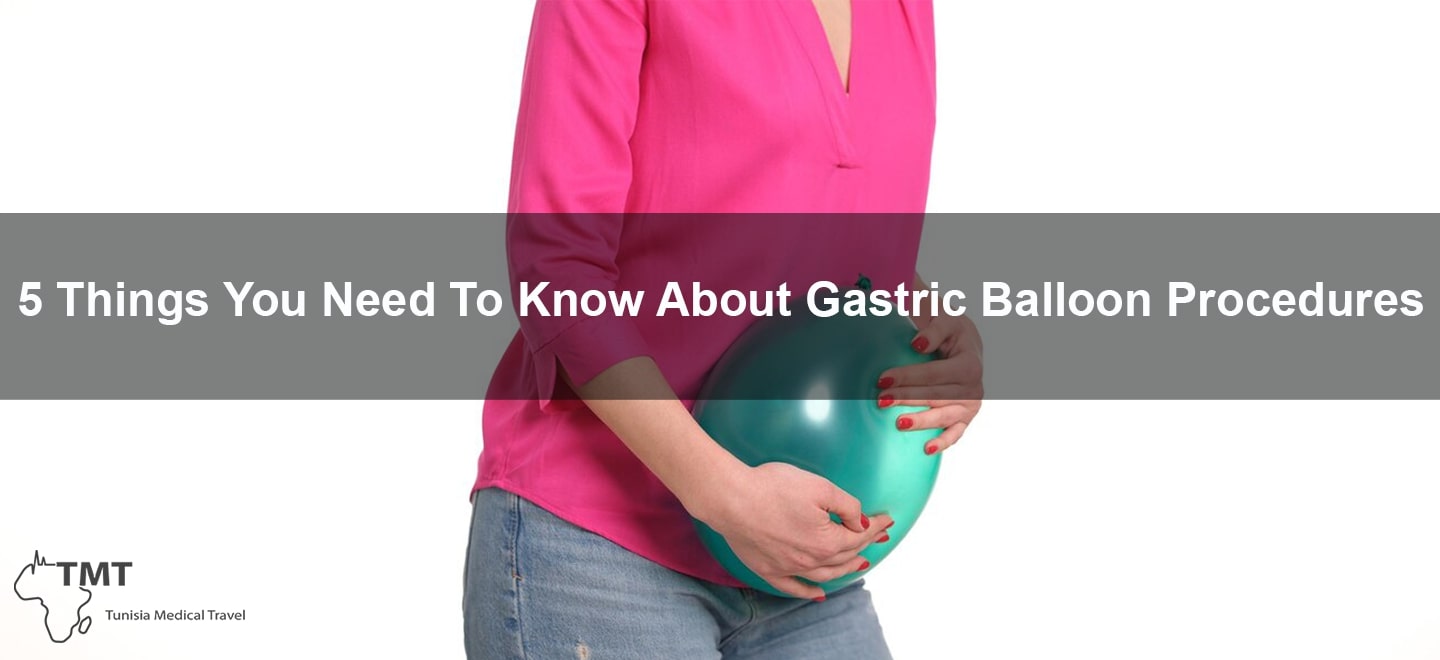5 Things You Need To Know About Gastric Balloon Procedures
5 Things You Need To Know About Gastric Balloon Procedures
If you are considering a gastric balloon procedure for weight loss, it is essential to have a comprehensive understanding of this intervention. In this article, we will delve into the five crucial aspects you must be aware of regarding gastric balloon procedures.
How does the gastric balloon procedure work?
The gastric balloon procedure represents a non-surgical method for weight loss. It involves the insertion of an inflatable balloon into the stomach to reduce its capacity to hold food. This balloon is filled with a sterile saline solution, creating an early sensation of fullness in the patient. Consequently, you will eat less, resulting in weight loss. This method is effective for individuals who struggle with weight loss through other means.
The key to its efficacy lies in its ability to curb overeating and promote portion control. With the gastric balloon, you will feel satisfied with smaller meals, helping you shed excess pounds over time. The concept behind this procedure is to provide a tool that supports behavioral changes in eating habits. Gastric balloon procedures have evolved over the years, and there are various types of balloons available, such as single-balloon systems and dual-balloon systems. The choice of balloon type often depends on individual patient factors and medical recommendations.
Am I a candidate for a gastric balloon?
Eligibility for a gastric balloon procedure depends on several factors, including your Body Mass Index (BMI) and medical history. In general, this procedure is recommended for individuals who are overweight or obese and have not achieved significant weight loss through conventional methods. It is crucial to consult with a healthcare professional to determine if you are a suitable candidate.
A comprehensive evaluation by your healthcare provider will assess your overall health, potential risks, and expected benefits of the procedure. Keep in mind that the gastric balloon is not a one-size-fits-all solution, and individual circumstances vary. Factors that may make you a good candidate for a gastric balloon include having a BMI between 30 and 40, not being eligible or willing to undergo more invasive weight loss surgeries, and a commitment to making necessary lifestyle changes to support your weight loss journey.
What will happen during the gastric balloon procedure?
The gastric balloon procedure is typically performed under light anesthesia and usually takes less than an hour. An endoscope is used to insert the deflated balloon into your stomach through your mouth. Once inside, it is filled with a sterile saline solution. This process expands the balloon, reducing the space available in your stomach for food. The inflated balloon remains in your stomach for a predetermined period, typically around six months.
Post-procedure, you will receive regular medical check-ups to monitor your progress and ensure that the balloon remains in place. It’s crucial to follow your healthcare provider’s guidelines during this period to maximize the effectiveness of the treatment. During the initial days after the procedure, you may experience some discomfort, nausea, or vomiting as your body adjusts to the presence of the balloon. Your healthcare team will provide you with guidance on managing these side effects and maintaining proper hydration and nutrition.
How will my life change after a gastric balloon procedure?
Undergoing a gastric balloon procedure will bring significant changes to your daily life. You will need to adopt a stricter dietary regimen and engage in regular physical activity to optimize results. However, the gastric balloon’s primary benefit is its ability to induce early satiety, making portion control more manageable. Weight loss achieved through this method can also lead to improved overall health, reducing the risk of cardiovascular disease and type 2 diabetes.
Additionally, the procedure often leads to positive lifestyle changes, including improved eating habits, increased physical activity, and heightened awareness of nutrition. Many individuals find that the weight loss achieved with the gastric balloon serves as a catalyst for long-term health improvements. It’s essential to work closely with a healthcare team that specializes in weight management to develop a personalized plan for your post-procedure life. This may include dietary guidance, exercise recommendations, and psychological support to address any emotional aspects of your weight loss journey.
How much weight will I lose after my gastric balloon procedure?
The amount of weight you will lose following a gastric balloon procedure varies from person to person and depends on various factors. While the procedure itself can be highly effective in promoting weight loss, your commitment to a healthy lifestyle post-procedure plays a pivotal role in determining your results.
On average, patients can expect to lose approximately 10% to 15% of their total body weight. However, it’s essential to remember that these figures are general estimates and that individual outcomes may differ. Your dedication to dietary modifications and regular exercise will significantly impact your weight loss journey. To achieve the best results, it’s crucial to work closely with your healthcare team to create a sustainable plan for maintaining your weight loss over the long term. This may involve continued monitoring, support groups, and guidance on transitioning to a maintenance phase of your weight management journey.

